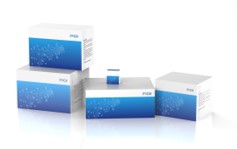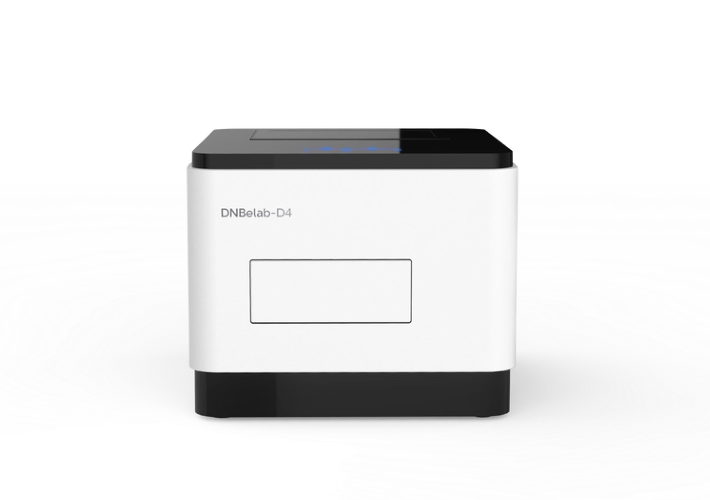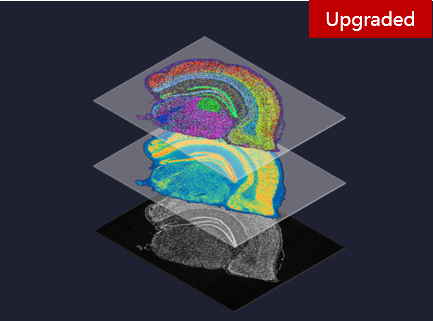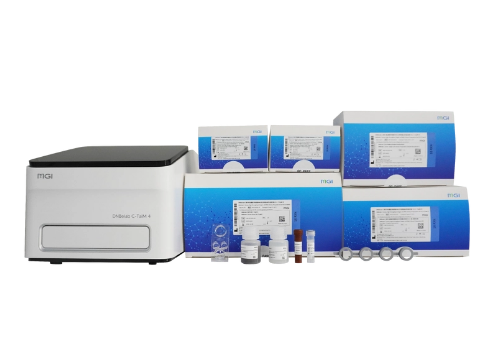The brain tissue of the domestic pig (Sus scrofa domesticus) has a highly similar multi-gyral structure to that of the human brain and is therefore of great research value. However, its cellular compositions and heterogeneity have never been systematically studied.
Recently, the research paper "Single-cell atlas of domestic pig cerebral cortex and hypothalamus" by the team of Associate Researcher Chen Fang from MGI, and Professor Cao Gang from Huazhong Agricultural University was selected as the cover of Issue 14 of Science Bulletin (IF=1178). The first co-author of the paper, Jiacheng Zhu and Lihua Luo, are both master's students, supervised by Associate Researcher Dongsheng Chen, at the University of Chinese Academy of Sciences. (For more information about the publication, please see the introduction at the end of this article).

In this study, the single-nucleus transcriptomic profiles were constructed for the cerebral cortex (frontal lobe, parietal lobe, temporal lobe, and occipital lobe) and hypothalamus of domestic pigs, respectively, which not only explored the cellular composition and heterogeneity of brain tissue in the domestic pig, but also explored the interactions between cell types in different brain regions and the association of each cell type with neurological diseases, and revealed conserved or specific gene modules in pig and mouse brain tissue from evolutionary perspectives.
In addition, the team has built an open database of single cells from domestic pig brain tissue (http://120.79.46.200:82) to facilitate researchers' access and browsing of the data, which provides extensive resources for future research regarding neural science, evolutionary developmental biology, and regenerative medicine.

Cellular compositions of brain tissue in domestic pigs and its heterogeneity: (a) Subject experiments and data generation process. (b) Clustering result of brain tissue cells of the domestic pigs. (c) Cell types at the overall level of brain tissue in domestic pigs. (d) Expression patterns of cell type-specific differential genes. (e) Biological processes that enrich differentially expressed genes in cellular populations. (f) Expression pattern of functional genes.
This project investigated the cellular composition and heterogeneity of the brain tissue of a three-month-old male domestic pig (Duroc three-way cross) by single nucleus transcriptome sequencing (snRNA-seq) of the frontal lobe (FL), parietal lobe (PL), temporal lobe (TL), occipital lobe (OL), and hypothalamus (HT).
The single-nucleus transcriptome data of 32,250 cells from the five brain regions was obtained. 21 clusters were identified by unsupervised clustering. Based on the expressions of cell-type marker genes, the 21 clusters were assigned to eight major cell types: excitatory neurons (EX), inhibitory neurons (IN), OLG progenitor cells (OPC), newly formed OLGs (NFO), oligodendrocyte (OLG), astrocytes (AST), MG, and endothelial cells (END).

Enrichment of neurological disease genes in each cell cluster of the five brain regions. (a) Cell-type enrichment level of gene sets associated with eight neurological diseases in the five brain regions. (b) Specificity level of attention deficit hyperactivity disorder (ADHD) risk genes in each cell type within the indicated brain regions. (c) Specificity scores in ADHD risk gene-enriched cell types.
This study established a relationship between different cell types within the brain tissue of domestic pigs and eight neurological diseases by enrichment analysis of neurological disease risk genes. The risk genes associated with anorexia nervosa (ANO) and bipolar disorder (BIP) were only enriched in neuronal populations, whereas the other diseases were mainly linked with glial populations.
Through a more detailed analysis of the risk gene enrichment in attention deficit hyperactivity disorder (ADHD), this study identified risk genes with high specificity in different cellular populations that are enriched for ADHD risk genes.

Cross-species comparative analysis of the hypothalamus. (a) A phylogenetic tree of humans, mice, and pigs. (b) Clustering results of cross-species comparison cells in the hypothalamus. (c) Cell types for cross-species comparisons of the hypothalamus. (d) Expression patterns of cell-type marker genes of pig and mouse in hypothalamus (e) Expression profiles of representative conserved differentially expressed genes in each cluster. (f) Genes that displayed conserved expression patterns during oligodendrogenesis in pig and mouse datasets. (g) Genes that displayed divergent expression patterns during oligodendrogenesis in pig and mouse datasets.
In addition, the study identified the conserved or specifically expressed gene modules from an evolutionary developmental perspective through a comparative analysis of hypothalamic tissue in domestic pigs and mice.

Finally, the single-cell transcriptome database platform for domestic pig brain tissue (http://120.79.46.200:82), built by the research team, provides an open, convenient, and fast interface for researchers to access, view, and utilize the data and results of this study.

Reference:
Zhu, J. et al. Single-cell atlas of domestic pig cerebral cortex and hypothalamus. Sci. Bull.
66, 1448–1461 (2021).



 Sequencer Products: SEQ ALL
Sequencer Products: SEQ ALL















 Technologies
Technologies Applications
Applications Online Resources
Online Resources Data Bulletins
Data Bulletins Service & Support
Service & Support Global Programs
Global Programs Introduction
Introduction Newsroom
Newsroom Doing Business With Us
Doing Business With Us Creative Club
Creative Club













